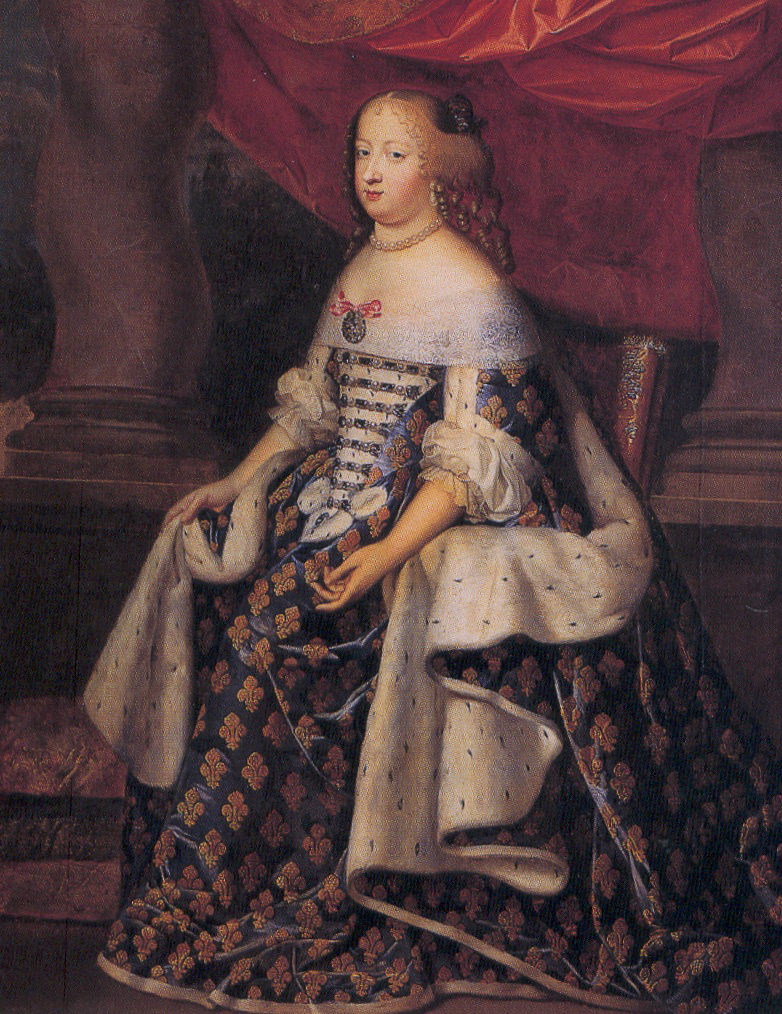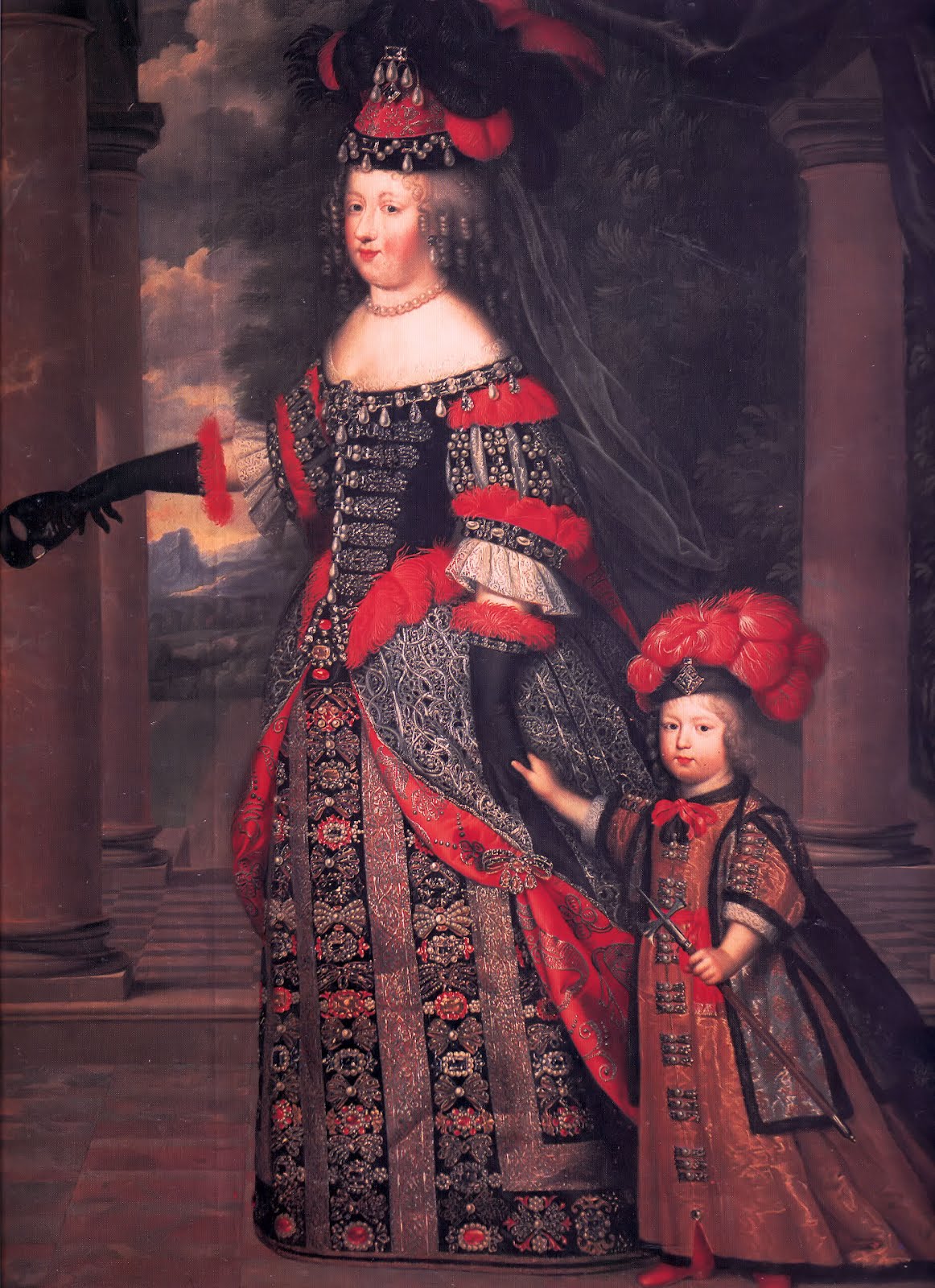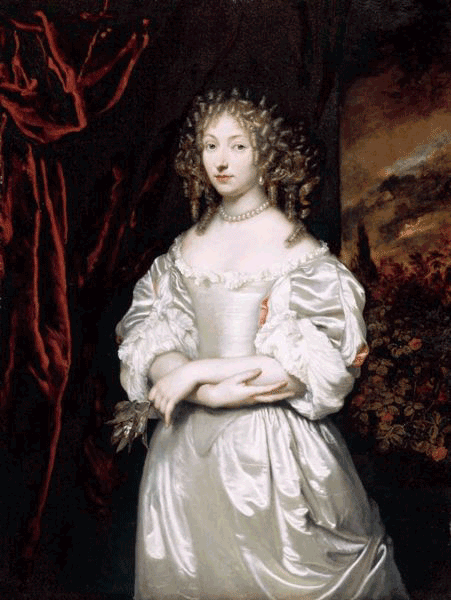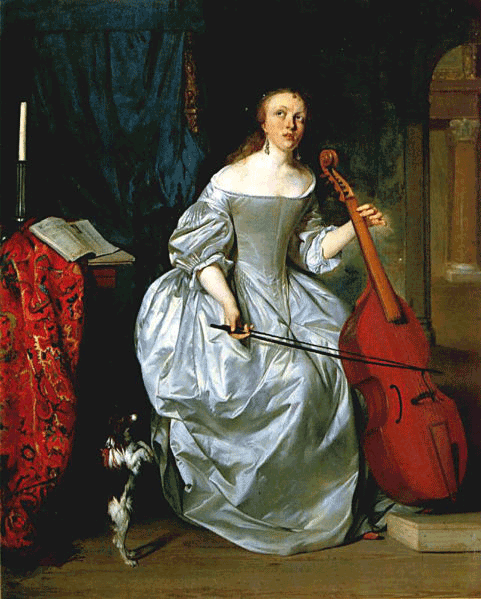Baroque is all over the latest runways, but where did they took the inspiration from?
Carrying
on with the essays about History of Fashion, this time we continue on the time
line to return to the XVII century
Shortly
after the Renaissance, we can place one of the biggest and most influential
artistic movemements in the whole history. The Baroque era was between 1600 and
1715, after the Renaissance and before Rococo.
It was an
artistic movement that started with Italian paintings and sculptures and it
later continued with theater and literature, music, architecture and fashion,
to end up in France when the Rococo era was born which will conclude with the
French Revolution. As we saw before, Europe continued with their expansionism
model, which made mankind look at things in a different way -to stop focusing
in God. At the same time the Catholic church suffered the Protestant
reformation, that was why they encouraged the construction of sculptural temples
and artists to avoid nudity or pagan scenes in their paintings. Mercantilism
was imposed as an economic model and absolute monarchies the prevailing form of
government. France was expanding more and Spain was losing power. The
difference in classes was becoming more noticeable, creating tension in
societies that suffered hungers due to the waste of their governments.
The Baroque
era was characterized by the exacerbation of the forms, somehow explaining the
power the monarchies had over the masses. Art is used as political propaganda by
the monarchies and by the church because of the Counter–Reformation. The purpose of Baroque was exalting believers with the luxury
and the theatricality of the majestic cathedrals and biblical scenes in paintings.
All of this
was also reflected in fashion; men’s fashion didn’t change much from renaissances.
Slowly those very wide trousers with
many pleats were replaced by cotton leggings. Women’s on the other hand,
changed quite a lot. The skirt became cylindrical with overskirts tied on the
sides with large bows. Corsets became one of the most important items, They had large necklines matching collars and
cuffs. Gowns had puffy sleeves with lace and a trail which length varied
according to rank. Peasant women wore dresses of cloth in earth colors with
caps on their heads, scarves and aprons.
The fancy lifestyle
with balls, huntings and parties was reflected in the way they dressed,
especially in Louis XIV court (one of the greatest exponents). They started
using long curly wigs, hats with feathers, elbow-length gloves and buttoned garments.
By the mid-sixteenth century, pocket watches,
fans and pearl necklaces were must-have accessories in nobility clothing Women
wore perfume bottles and mirrors hanging from their belts. Spanish silhouette was totally different,
trying to resist French imposition but France finally won when the Sun King monarchy
was consolidated. France also began manufacturing their own
fabrics because the deficit they were having for buying these abroad was huge. When Louis XIV married his second wife, a
woman much more austere than Marie-Therese
he and
his court began adapting a much more sober style, entering into a transition
period to Rococo that
began with his death and the reign of Louis XV and Marie Antoinette
 |
| Spanish dresses “Las Meninas”- Velazquez |
Spanish under the cut
El Barroco está en todas las ultimas pasarelas, pero de donde se inspiraron?
Continuando con los post sobre Historia de la moda, esta vez seguimos la
línea de tiempo para volver al siglo XVII, poco después del Renacimiento,
podemos ubicar lo que fue uno de los movimientos artísticos más grandes e
influénciales de toda la historia. El Barroco se ubica entre el 1600 y 1715, luego del Renacimiento y antes del Rococó
Fue una corriente artística que se inicio en la
pintura y la escultura italiana para
luego trasladarse al teatro y la literatura, a la música, arquitectura y la moda para culminar en
Francia con el surgimiento del Rococó que terminará en la Revolución Francesa. Como ya habíamos visto antes, Europa
continuaba con su modelo colonialista, lo que provocó que el hombre comenzara a
ver las cosas de forma distintas, dejando de centrarse el Dios, así mismo, la
Iglesia Católica sufrió la Reforma protestante por lo que alentó la
construcción de templos escultóricos y a
los artistas a evitar escenas de desnudos o paganas. El mercantilismo se impuso como modelo
económico y las monarquías absolutistas como forma de gobierno imperante.
Francia se expandía cada vez más y España perdía poder. La diferencia de clases se hacía cada vez más
notable, creando tensión en las sociedades que pasaban hambrunas por culpa del
derroche de sus gobernantes.
El Barroco se caracterizo por la exacerbación de las formas
y la exageración, de cierto modo explicando el poderío que tenían las
monarquías sobre las masas, el arte es usado como propaganda política de las
monarquías y la iglesia por la contrarreforma.
El propósito del Barroco era exaltar a los creyentes con el lujo y la teatralidad
de las majestuosas catedrales y escenas bíblicas en la pintura.
Todo esto también se vio reflejado en la
indumentaria, mientras que el hombre
seguía manteniendo ciertos rasgos de la moda renacentista, lentamente ese
pantalón muy ancho con muchos pliegues,
fue reemplazadas por calzas de algodón. La de la mujer cambió bastante, la
forma de la falda pasó a ser cilíndrica con sobrefaldas levantada a los
costados con grandes moños, el corset pasó a ser una de las prendas más
importantes con escotes amplios en forma bote, cuellos y puños haciendo juego,
mangas abultadas con encajes y una cola
que variaba el longitud según el rango. . Las campesinas usaban vestidos de paño en
colores tierra con cofias en la cabeza , pañoletas en el cuello y delantales
sobre la falda
. El estilo de vida
con bailes, cacerías y fiestas se ve reflejado en el modo de vestir, sobre todo
el cortes como la de Luis XIV (uno de
los máximos exponentes), comienza el uso de pelucas largas y enruladas,
sombreros con plumas y alas grandes, guantes largos hasta el codo y la
implementación de botones en las prendas. Para mediados del siglo XVI los relojes de bolsillo, los abanicos y
los collares de perlas eran ya accesorios infaltables en la indumentaria de la
nobleza. De los cinturones de las
mujeres colgaban botellitas de perfume y espejos. La silueta española era
totalmente distinta a la francesa, tratando de resistir la imposición de
Francia que finalmente venció cuando se consolidó la monarquía absolutista del
Rey Sol. Asimismo, Francia comenzó a
fabricar sus propias telas ya que el déficit que tenían por la compra de estas
al exterior era enorme, la manufactura del encaje y brocato creció para ser la
más importante y exquisita de Europa. Cuando Luis XIv se casó con su segunda esposa,
una mujer mucho más austera que María Teresa, tanto él como su corte,
comenzaron a adaptar un estilo mucho más sobrio, hasta entrar en un período de
transición al Rococó que puede decirse empezó con su muerte y el reinado de
Luis XV y María Antonieta.
Movies about this period:
Don Quixote, Girl With a Pearl Earring ,Pirates of the Caribbean,The Man in the Iron Mask







Leave a Reply